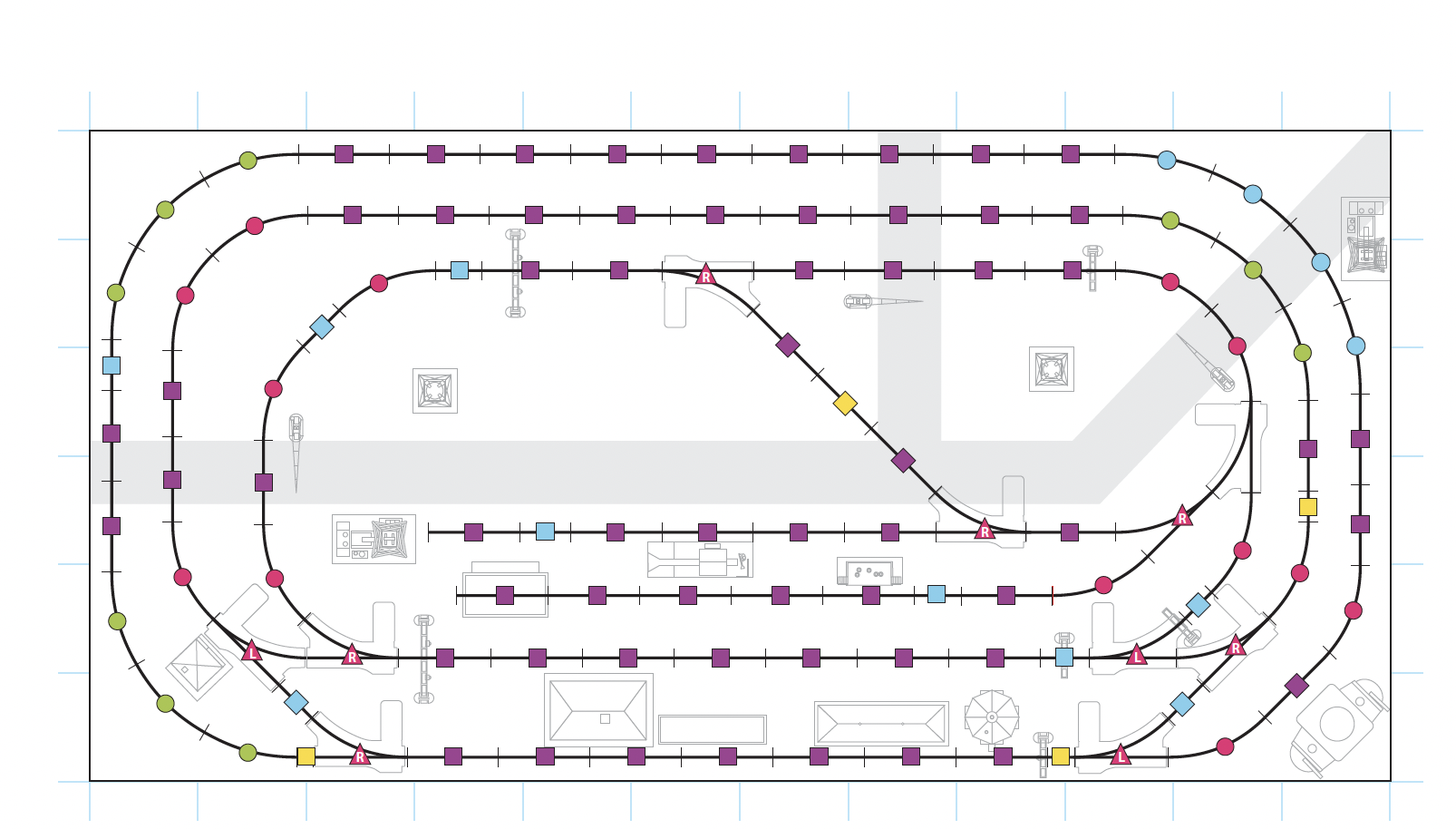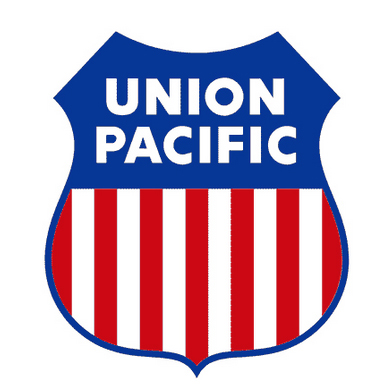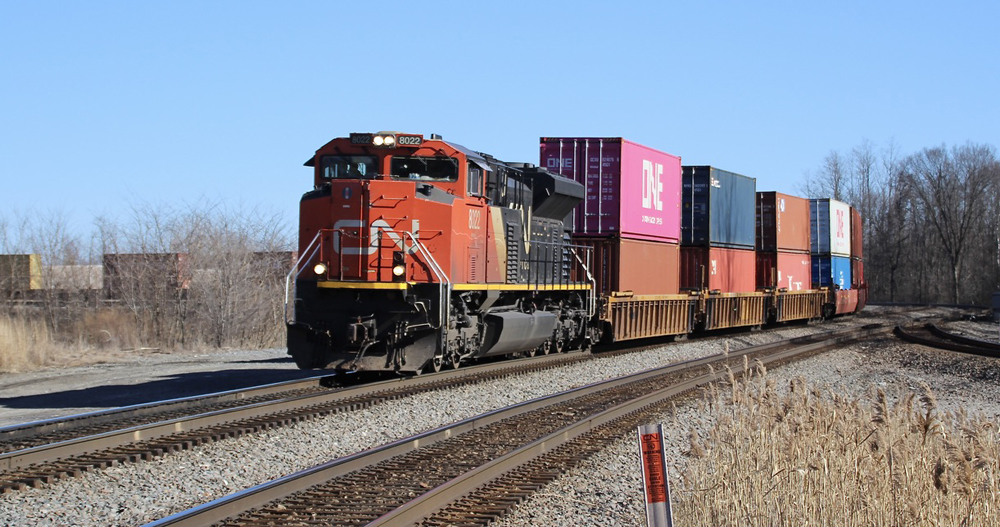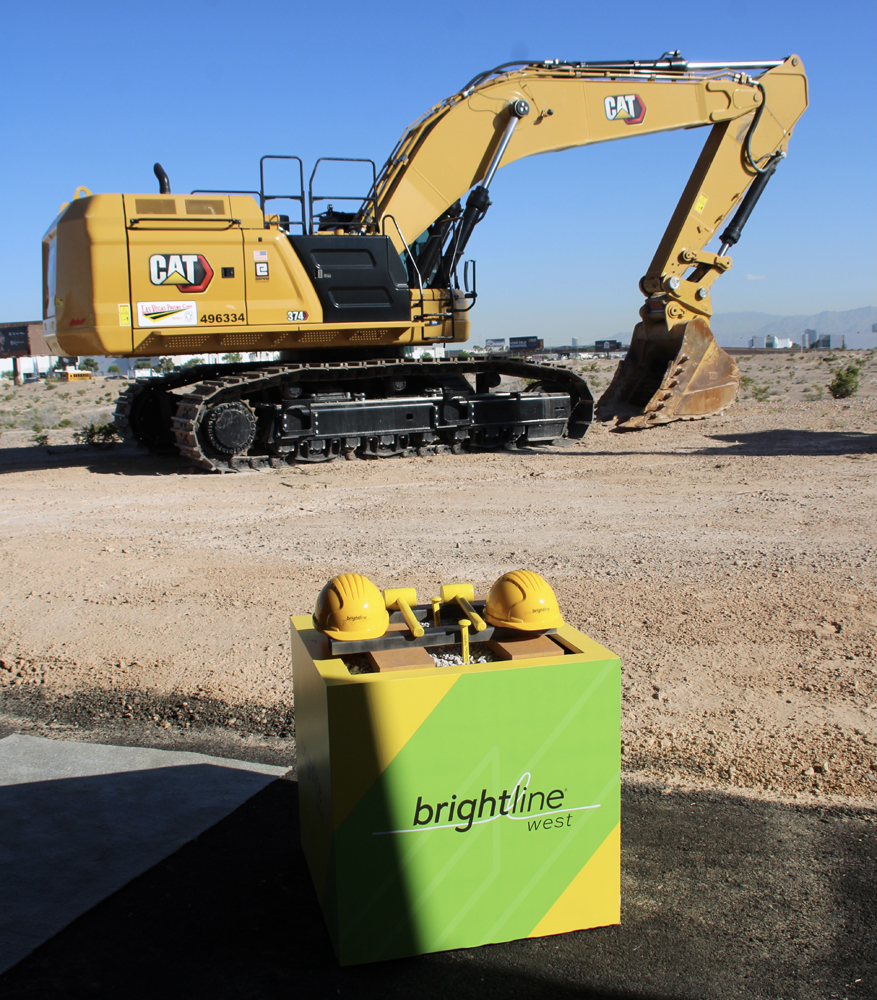Built for the Southern Railway, all three feature high, short hoods and have crew work stations set up for the locomotives to run long hood-forward. Until its merger with Norfolk & Western in 1982, Southern specified high, short hoods on its road units from both EMD and General Electric. R&N CEO and owner Andrew M. Muller Jr. says that the three will not receive the railroad’s green and yellow colors until they are given chopped noses and are reconfigured for short hood-forward operation. Until that time, they will carry NS black, with the former owner’s markings painted out. Reading & Northern practice is to have low-nose locomotives lead mainline freights, so the GP38-2s will cover yard and branchline local assignments until they are modified, Muller says.
This is the second time that R&N has picked up NS units. In 2016, the Pennsylvania line purchased four NS former Southern EMD MP15 locomotives. During the past three years, R&N also acquired six GP30s of Santa Fe heritage. R&N classifies them as GP39RN units. Although a few long out-of-service units are being scrapped, the new additions continued to add to the railroad’s active roster, which now numbers 38 diesels, one 4-6-2 steam locomotive, and three Budd Rail Diesel Cars. The all-EMD diesel fleet ranges from 800 hp SW8 switchers to 3500 hp SD50 freight units.














This is not a huge railroad. They can’t afford the luxury of ‘B’ units.
Just leave them “as is” and use them as B units where needed. That would be their best economic use.
Unfortunately crossing accidents aren’t ” once in a lifetime ” as stated earlier. My Dad was a locomotive engineer for L&N/CSX for 40 years and was involved in numerous crossing collisions over the course of his career. And while he never liked running long hood forward because of the limited visibility he did say that it was safer in the event of a collision. Most old time Southern/NS folks I’ve talked with still feel better running ” backwards ” in areas with lots of crossings.
Just a note, but many of the early diesels such as the Alco RS1, RS2, and RS3 were built to run long hood forward. So were the early GP series. The Pennsylvania RR, the New York Cenrtral and the Great Northern to name a few ran their early hood units long hood forward. As Mr Clopton stated it was probably done for safety reasons.
Good question, Mr. Clopton. I have always wondered the same thing. Made for interesting travels in the south years ago, but one would think uniformity would be worth something.
I have never understood why a few roads such as Southern and N&W chose to operate their diesels long hood forward. The vastly better forward visibility from the cab over a low short hood (all day every day) would seem to outweigh the extra collision protection (a probability of less than once in a lifetime) provided by either a high short hood or by running long hood forward. Was there any other rationale (other than tradition, since steam locomotives had their cabs at the rear) for running long hood forward?
“Why would Reading and Northern buy high nose road switchers from Norfolk Southern when they could get low nose road switchers elsewhere?”
It’s a pretty short story: because they got them cheap. The end.
Why would Reading and Northern buy high nose road switchers from Norfolk Southern when they could get low nose road switchers elsewhere? The N&R need not reconfigure the locomotives had it done so.
I favour the high nose road switcher over the low nose design. My fantasy railway orders high nose road switchers religiously with no low noses and wide cabs on the roster.
Hands off the high nose road switchers! Let them be as they came from the factory.
There is another reason. In this region with many branch lines it was felt that locomotives be set up for bidirectional operation. That was a primary reason, plus habit, for high short hoods. When the old Norfolk Southern was merged into the Southern, many of its locomotives received high short hoods
Many of NS’s 40’s and later series locos had dual controls, even when they started buying low short hoods (Which they and Southern did ONLY because EMD and GE wisely started charging extra for the “high short hood option”!)
Some of it was tradition, some of it was what the crews were used to, and some of it was Union. And if you have ever been in the Engineers seat with an AAR control stand or Master Controller, having a low hood does make a difference looking forward, but you are still blind from the left side.
NS had long hoods forward all the way up to the GP60’s and C39-8’s.
RBMN needs to leave these in high hood configuration to honor long hood forward heritage!
I always thought it was because the traditionalist NW/SR wanted the diesels to resemble steam locomotives, with the cab toward the back. I guess there are safety issues any way you slice (or chop) it.
OK, some of the old time engineers had run steam locomotives in the past, and were used to seeing a long boiler in front of them. This transferred to the Diesel era as they liked a lot of steel in front of them, this I was told by an old engineer a long time ago. True? I do not know.